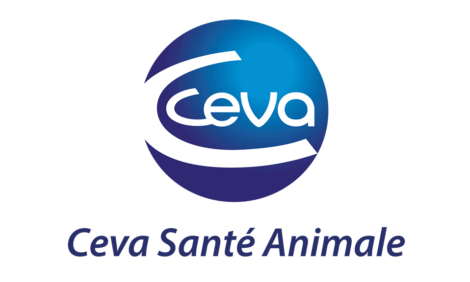



IPSF REPORT: Strong Programme on Second Day
The programme of the International Poultry Science Forum (IPSF) at Atlanta continued for its second and final day with three interesting presentations from the University of Mississippi on amino acids for broilers, writes Jackie Linden, editor of ThePoultrySite.One of the Nutrition sessions on the second and final day of the IPSF focussed on recent advances in our knowledge of amino acid nutrition of broilers.
Dr Corzo of Mississippi State University introduced his paper by explaining that while amino acid requirements of Ross broilers had already been investigated at the University, those of Cobb birds have received less attention. He and his colleagues fed groups of Cobb 500 chicks day-old males chicks one of three diets (containing low, medium or high levels of amino acids) during the starter, grower and finishing phases in an incomplete crossover arrangement, giving a total of 17 dietary treatments. The basal diets were based on maize and soybean meal and included a blend of animal and vegetable products as a protein and fat supplement. As well as measuring physical performance, the costs of production for each treatment were calculated.
Bodyweight gain and feed conversion were significantly improved when the birds were fed the high amino acid density diets for most of their lives. Carcass yield was unaffected by dietary treatment but breast meat yield was maximised on the H diets.
For the economic comparison, the benefits observed when feeding the high amino acid density diets were not necessarily maximised by feeding the high level of amino acids throughout life. The authors concluded that the Cobb 500 male showed an increasing ability to respond to amino acid density as it ages, in contrast to their previous work with Ross birds, for which they found the best physical and economic performance with the highest amino acid density treatments.
In the same session, other research from Mississippi was presented into the effects of additional dietary valine for Ross TP16 male broilers from days 28 to 42. The aim of the work was to reduce the crude protein contact of the diet without loss of yield. The diets were based on maize, soybean meal and meat and bone meal, and were formulated on a least-cost basis with total sulphur amino acids (TSAA) lysine and threonine maintained at adequate levels. L-valine was added at 0, 0.52, 1.04, 1.56, 2.08 and 2.60 lb/ton.
The authors concluded that the use of L-valine can be supported in diets in which an isoleucine to lysine ratio of 65 was used to set the constraints. The amount of L-valine that supported performance equal to a higher crude protein diet was 1.04 lb/ton, based on performance and processing measurements.
The third paper in the session covered the determination of the fourth and fifth limiting amino acids for broilers from 28 to 42 days fed diets based on maize and soybean meal and including poultry by-product meal.
Valine is generally accepted to be the third limiting amino acid in diets based on vegetable ingredients, while valine and isoleucine are thought to be the next limiting in diets including animal proteins. In this experiment, Ross × Ross TP16 male birds were used and reared on the same diets to 28 days of age.
Birds fed the low-protein diet plus valine and isoleucine has similar bodyweight gain, carcass yield and total breast meat yield and the control birds fed the positive control diet, which had a normal (higher) crude protein level. Treatments that did not include both of these amino acids or they were included at lower levels, resulted in poorer performance, so the researchers concluded that valine and isoleucine are co-limiting in diets that include poultry by-product meal.
Further Reading
| - | Go to our previous report from ISPF by clicking here. |








